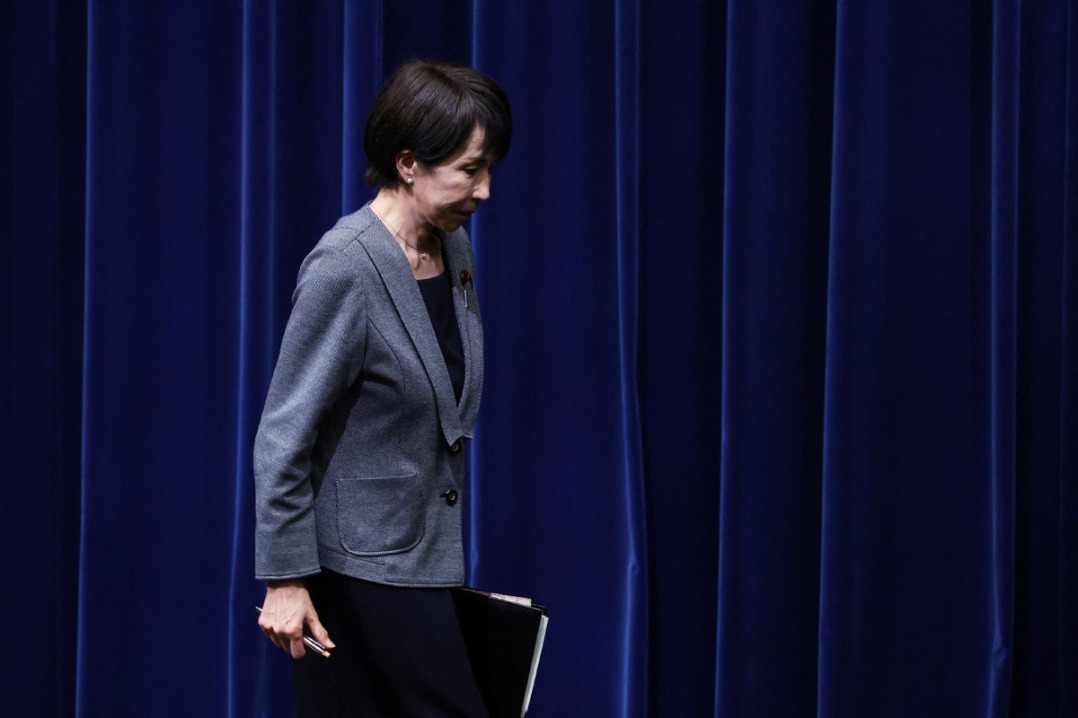Practical problems plague marriage rate


The number of marriage registrations nationwide plummeted to 6.83 million last year from 7.64 million in 2021, according to the data recently released by the Ministry of Civil Affairs. That was a new low since 1986 and almost half of that nine years ago. At the same time, it is estimated about 2.1 million couples divorced last year.
The decline in the number of marriages last year was in the first place caused by the COVID-19 pandemic, which has seriously affected the economy as well as people's lives.
But it is also related to changes in the population base. The birth rate of China started declining since the 1990s. According to the seventh census, although the population of the country swelled from 1.08 billion in 1986 to 1.41 billion last year, the size of the population aged 20-40 has shrunk markedly during that period of time, and the society is aging fast.
Meanwhile, it must be seen that high house prices, living expenses and work pressure are also reducing people's willingness to marry and have children. These have been called the best contraceptive. In 2020, the national average age of first marriage was 28.67 years old, compared with 24.89 years old in 2010.
Despite this, from a worldwide perspective, it can be said that the more developed a country is, the lower the marriage rate is. According to OECD data, from 1995 to 2019, the marriage rate in the United States fell from 8.9 to 6.1 marriages per 1,000 people, and in Japan from 6.4 to 4.8 marriages per 1,000 people.
As such, on the one hand, the reduction of China's marriage rate is to some extent a reflection of the country's social and economic progress as well as people's changing perceptions of marriage.
On the other hand, a long-term low marriage rate will unavoidably affect the balanced development of China's population and socioeconomic development. How to check the fast fall of the marriage rate deserves attention of all parties in society.
It is good to see that the newly revised Law on the Protection of Rights and Interests of Women stipulates that employers shall not restrict female employees from promotion or reduce the wages and welfare benefits of female employees due to marriage, pregnancy, maternity leave, breastfeeding and other circumstances.
Yet that's far from enough to reverse the trend as a whole. Authorities at various levels should resolve the practical problems causing the low marriage rate by effectively bringing down the costs of housing, education, childbirth and parenting so as to form a favorable social and institutional environment for marriage and childbearing.
None of these is an easy task as they are all structural and systemic, entailing a paradigm shift in the overall development model of the country.


































